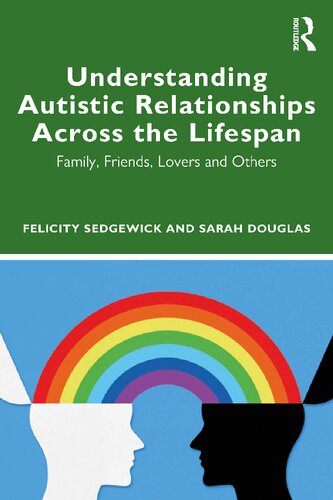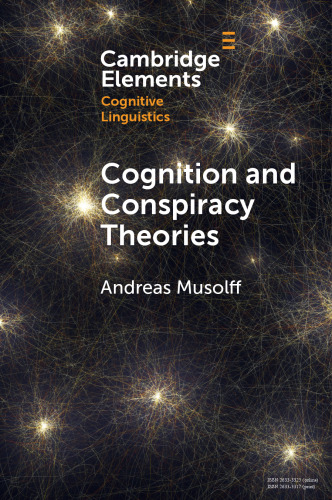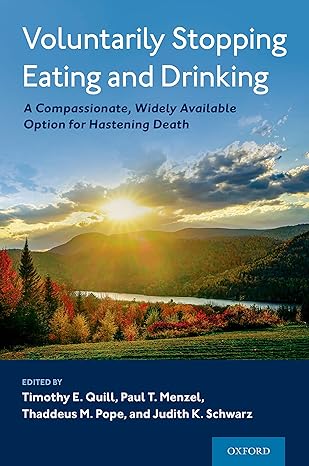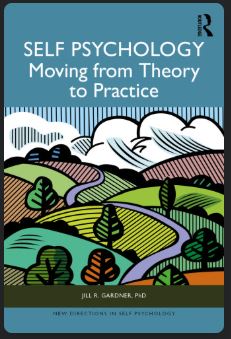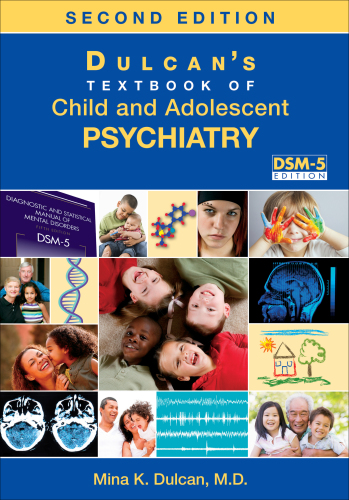دانلود کتاب Understanding Autistic Relationships Across the Lifespan: Family, Friends, Lovers and Others - Original PDF
Author:
Felicity Sedgewick, Sarah Douglas
0 (0)
توضیحات کتاب :
Autism, and autistic people, have been around as long as humans have. It is likely there were ancient humans with behaviours, cognitive patterns, and sensory sen- sitivities that would meet clinical diagnostic criteria (though that would be taking the game of historical diagnoses too far!). Autism, and other neurodevelopmen- tal conditions, are part of the natural range of human biodiversity. This belief is known as the neurodiversity paradigm, and it is the framework within which we are writing this book. We take the approach that autistic people (see the language note that follows) are valid in their way of being in, experiencing, and relating to the world, and hope to help them and others understand some of these differences, rather than arguing that they are somehow ‘wrong’ or need changing to be more like non-autistic people. This book is not about the definitions or evolution of neurodiversity, but if you would like some further reading on the topic, we would recommend looking at the book list we provide at the back! Throughout the book, we will be using the terms ‘autistic people’ and ‘non- autistic people’. This is known as identity-first language, and has been shown to be the preference of the majority of autistic people who take part in research on the topic (Kenny et al., 2016). This is different to the way a lot of clinicians, pro- fessionals, and researchers have historically talked about autistic people, as they have tended to use ‘people with autism’ or say someone ‘has autism’ – known as person-first language. Originally this was used because it was thought to empha- sise the person rather than the condition (Kenny et al., 2016), and in some cases it is the preferred language of people affected themselves (e.g. in eating disorder research, people are described as ‘having anorexia’). However, recent research in the autism field has shown that person-first language can increase the stigma against autistic people and has a dehumanising rather than humanising effect on how oth- ers think about them (Cage et al., 2022). Combined with the stated preference of many autistic people, therefore, we use identity-first language in our writing, INTRODUCTION DOI: 10.4324/9781003044536-1 2 Introduction whilst recognising that a proportion of autistic people prefer person-first language. We have no wish to intimidate a minority within a minority and are following majority preference for simplicity. Autism has both a very complex and a very simple history, depending on how you look at it. The simple version is that two psychologists in the 1940s, Kanner in the United States and Asperger in Austria, independently noticed that they were seeing children who had a shared set of characteristics – difficulties with social interaction (to varying degrees), a preference for routine and sameness, and chal- lenges with everyday living skills. Kanner called this ‘autism’ (a preference for one- self or being alone), and Asperger called it ‘Aspergers’ (a preference for showing off his ego). The two did not know about each other’s work, and autism became the dominant diagnosis as Kanner published in English, whereas Asperger published in German (which was not the way to make your work popular in 1940s Europe, for obvious reasons. It may also have had something to do with the fact that Asperger worked with the Nazis in highly problematic ways.). These diagnoses were unchanged over the next 40 years or so, until Lorna Wing and Judy Gould, in 1980s South London, did a large-scale population level study and realised that the children with these two diagnoses were actually part of the same spectrum, as were lots of children who had not been given a formal diagnosis of either. This is where the term ‘the autism spectrum’ comes from, and it was designed to create a broader and more inclusive sense of what being autis- tic meant and could look like. This pair of researchers also invented ‘the triad of impairments’, which, while not the terminology we use today, revolutionised how autistic people were recognised and opened up diagnosis and support for more of those who needed it. This triad was made up of difficulties with: • Imagination and executive function (things like guessing what other people were thinking, or being able to make a plan based on imagining what will happen next) • Social communication (things like being non-verbal, not following standard ‘rules’ of communication like turn taking in conversation, or struggling with eye contact) • Repetitive behaviours and restricted interests (things like repeated physical move- ments such as hand flapping, or having intense special interests) The rise in autism diagnoses following this expansion of the diagnostic criteria from the strict ones set out earlier, especially removing the need for co-occurring learning difficulties Kanner used, was significant. This coincided with the rolling out of the MMR vaccine; and a highly questionable researcher called Andrew Wakefield used this correlation to publish his idea that the vaccine was causing autism in children. What he did not publish was that he was paid by the rival vaccine company, had faked his results, and the blood samples he ‘used’ had been collected without parental consent from children at a birthday party. If you want a Introduction 3 fuller idea of just how wrong his work was, there are literally thousands of academic papers proving it – but these tend not to make such good Facebook memes, and hence we have the anti-vaxxer movement. Regardless of that particular issue, autism diagnoses have generally continued to rise. This is because we are getting better at spotting when someone is autistic, our diagnostic tools have improved, and we are starting to recognise that autism can present in an even wider variety of ways than we thought in the 1980s. It is also because there is now a recognition that we can – and should – diagnose adults who were missed in childhood, for a variety of reasons. For a long time, if someone was not diagnosed before the age of about 14, they were highly unlikely to get a diagnosis at all, because autism was thought to be a ‘childhood condition’. The fact that autistic children grow into autistic adults was somehow lost on a lot of the early researchers. In 2013, on the basis of evidence from autistic people and clinicians, sensory sensitivities (being under/hypo- or over/hyper-sensitive on one of the five senses) were added to the diagnostic criteria. Similarly, there is growing research into and awareness of how autism can look different in those who internalise a lot of their experiences and those who externalise them – which is more what is considered ‘classically autistic’. A lot of these more nuanced ideas about what autism is have come from the autism community itself, with autistic advocates and academics driving change and increasing societal awareness. There is still plenty of work to do, but the direction of movement seems positive. There is also, as we said, a much more complex story which can be told about autism and how autism research has developed over time. That isn’t the focus of this book (though it is the focus of Neurotribes, by Steve Silberman), and so we won’t try to tell it all here. What is relevant for the current book is the focus on social dif- ficulties, which have characterised autism research and stereotypes from the earliest days, back in the 1940s, and the assumptions this led people to make about autistic relationships until very recently. Most autism research, researchers, and parents of autistic people, for most of the last 80 years, have functioned based on the assumption that because autistic people had difficulties with making and maintaining friendships and relationships, had dif- ferent social interaction patterns, and did not show distress about these things in the ways they expected . . . that autistic people did not want friends or romantic relationships . . . that these were just things autistic people were hardwired not to value, or be interested in at all. Avoiding eye contact was seen as a sign of not wanting to engage with the person who was speaking; not inferring someone’s true intentions was seen as a failure to understand that other people have minds (yes, really); and not making friends at school was assumed to be because the child did not want friends and was happier on their own. A whole academic discipline of autism studies, with corresponding theories, was built upon the basis of these observations of social difficulty (along with the other two parts of the triad). A few examples of these theories follow
سرچ در وردکت | سرچ در گودریدز | سرچ در اب بوکز | سرچ در آمازون | سرچ در گوگل بوک
1,316 بازدید 0 خرید
